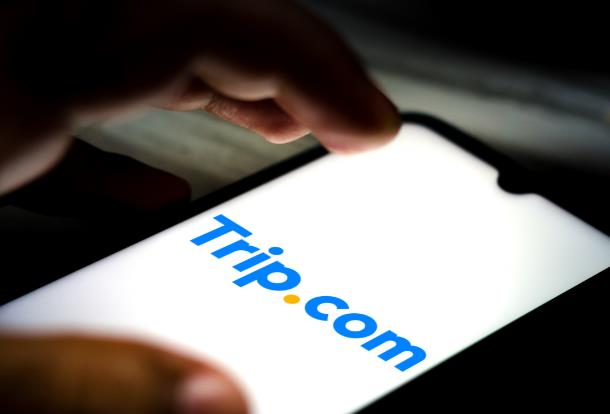China recorded 5.97-trillion-yuan tourism receipt with over 5.8 billion travelers in 2018, according to real-time stream processing company fastdata.io. The transaction volume of China's OTAs exceeded 700 billion yuan, accounting for nearly 70% of total online travel consumption in H1 2019.
The online travel market is dominated by BAT-backed Ctrip, with strong players like Fliggy, Tongcheng-Elong and Meituan vying for a bigger share of the market. Ctrip and Qunar have cornered over half (55.7%) of the whole online market, more than the sum total of all other platforms. Meanwhile, Meituan and Fliggy are capturing bigger market shares in hotel and transportation ticket businesses.
More than 60% of travelers spent less than 500 yuan on average, indicating enormous potential for increasing the spending of these travelers. Travelers in their 20s and 30s have become the largest group of online travel customers, though their spending level is relatively low. However, as their earning power goes up, young travelers are expected to spend more on online travel booking.
China Online Travel Market Overview
The travel market in China was worth 6 trillion yuan, with over 5.8 billion travelers in 2018.
The transactions of China's online travel agencies increased by 21.5% to 1.2 trillion yuan in 2018.
As of June 2019, the number of OTA users reached nearly 150 million. Third- and fourth- tier cities present significant potential for growing this market.
Competition Landscape of China Online Travel Market
1. BAT (Baidu, Alibaba, Tencent) continued to be important driving forces in the OTA competition landscape.
2. By leveraging the WeChat ecosystem, Tongcheng-Elong has increased the number of its monthly active users to over 100 million, which ranks first among OTAs.
3. The transactions of China's online travel agencies exceeded 700 billion yuan in H1 2019. Ctrip and Qunar combined accounted for half of the whole market.
Consumer Insight on China Online Travel Market
1. Nearly 70% of OTA users are millennials in their 20s and 30s.
2. Short-haul travel activities within the 500-yuan price range are the most popular spending items for OTA users. This reflects that the potential for consumption upgrade is enormous.
3. As the income level of OTA users goes up, their travel booking behaviors may change accordingly. (Translated by Elena)




